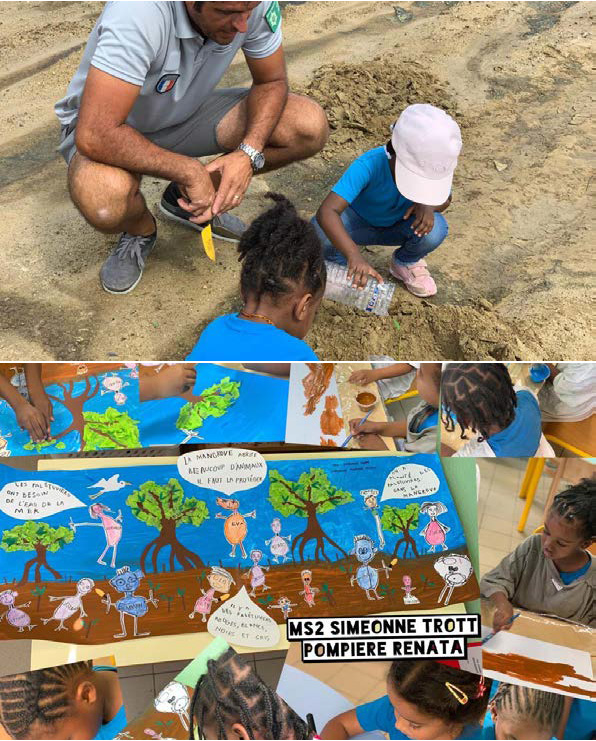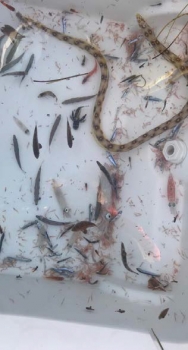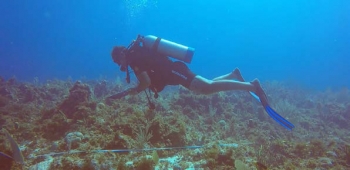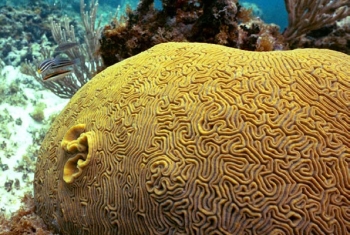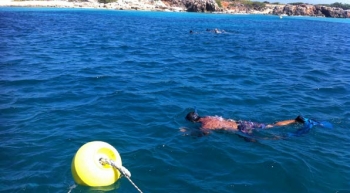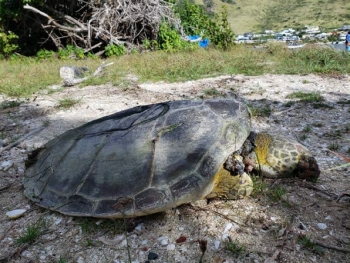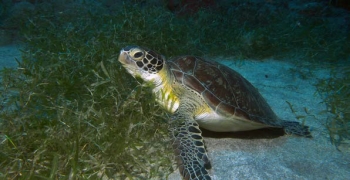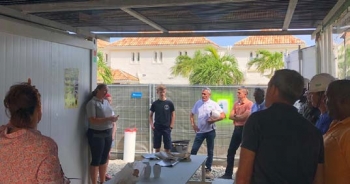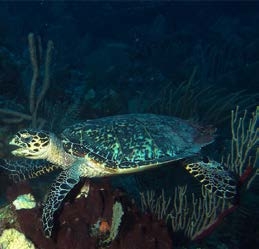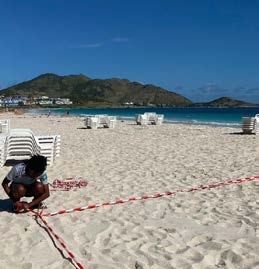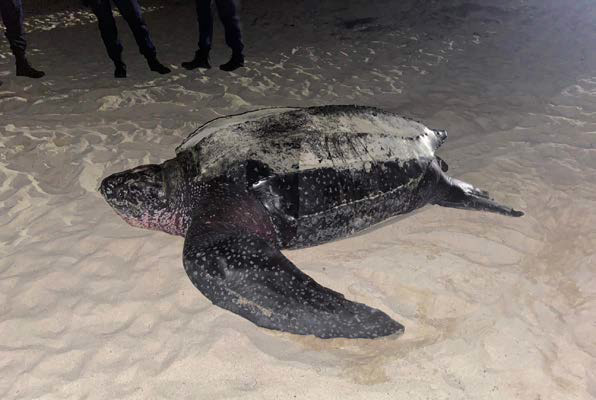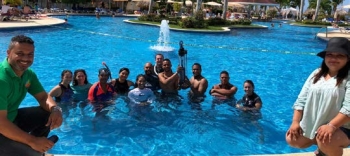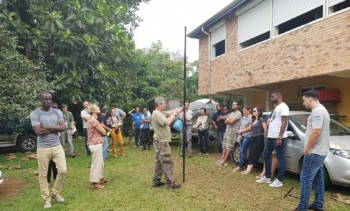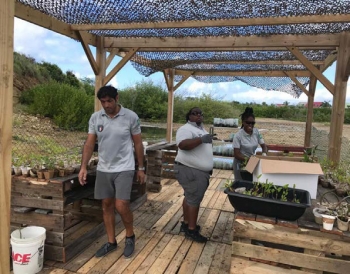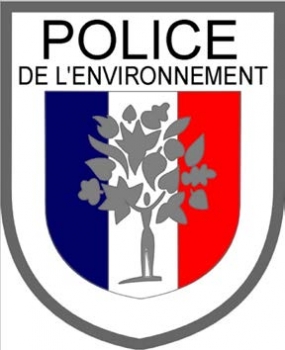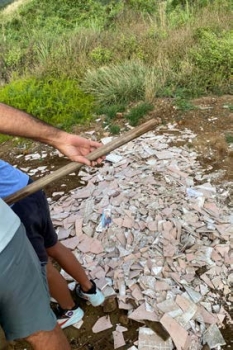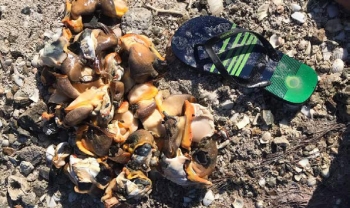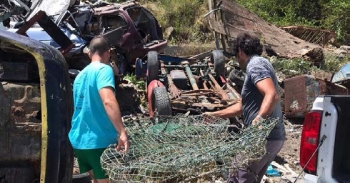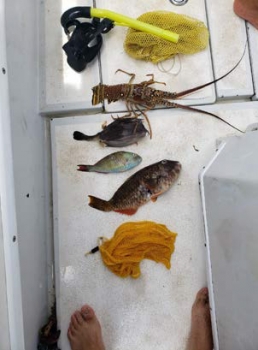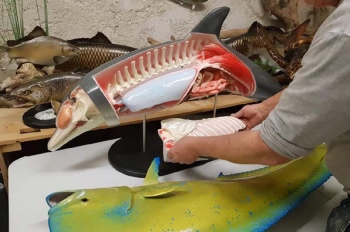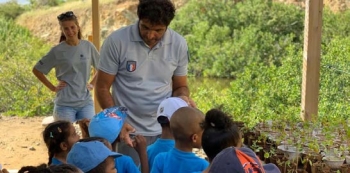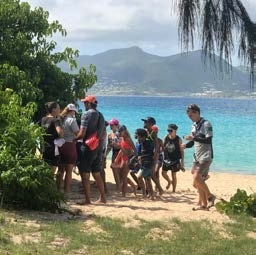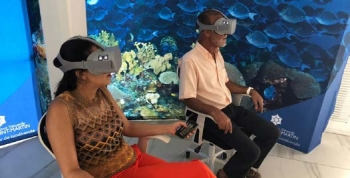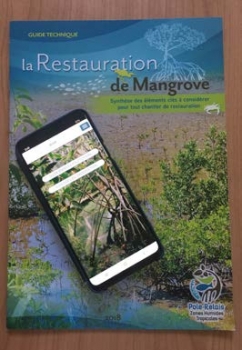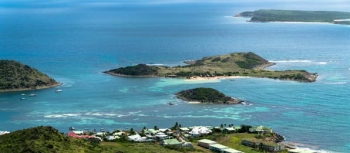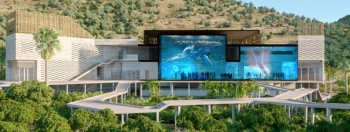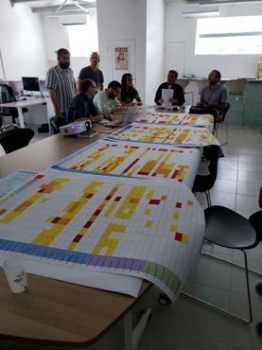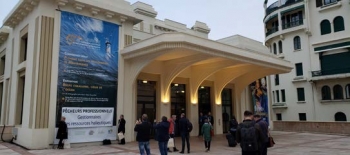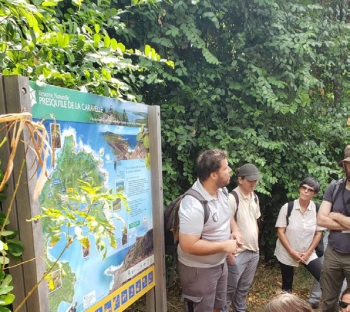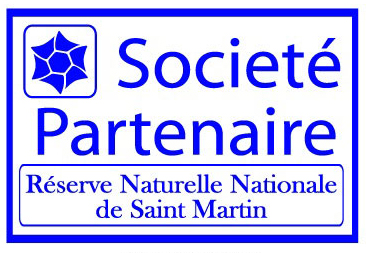Reinforcing environmental education
In 2019, 26 classes were regularly taken on field trips to help raise their environmental awareness, a subject also taught in the schools. With this in mind, seven agreements were signed, with the French Quarter and Soualiga middle schools, the Robert Weinum high school, the professional high school, Happy School, Marie-Antoinette Richards school, Clair Saint-Maximim school, where two classes received the label “Educational Marine Area,” as assigned by the French Office for Biodiversity. A sixth grade class at the Soualiga middle school also benefits from this label. The idea for these students, with the advice of the Réserve, is to define priorities for the protection of the biodiversity at the site for which they are responsible and to apply a scholastic approach to real-world examples, for example the replanting of the mangroves. In addition, new agreements are in the works with the Émile Choisy, Siméone Trott, Élie Gibbs, and Lamartine schools. At the same time, the Réserve meets regularly with the students studying for their BAPAAT (Brevet d’aptitude professionnelle d’assistant animateur technicien). From January 7 through March 16, 2020, the date when the schools closed due to the coronavirus pandemic, the Réserve Naturelle led 74 academic interventions, including 12 in the field terrain, and visits to 10 schools for 37 classes, for a total students 740 students.In 2019, 26 classes were regularly taken on field trips to help raise their environmental awareness, a subject also taught in the schools. With this in mind, seven agreements were signed, with the French Quarter and Soualiga middle schools, the Robert Weinum high school, the professional high school, Happy School, Marie-Antoinette Richards school, Clair Saint-Maximim school, where two classes received the label “Educational Marine Area,” as assigned by the French Office for Biodiversity. A sixth grade class at the Soualiga middle school also benefits from this label. The idea for these students, with the advice of the Réserve, is to define priorities for the protection of the biodiversity at the site for which they are responsible and to apply a scholastic approach to real-world examples, for example the replanting of the mangroves. In addition, new agreements are in the works with the Émile Choisy, Siméone Trott, Élie Gibbs, and Lamartine schools. At the same time, the Réserve meets regularly with the students studying for their BAPAAT (Brevet d’aptitude professionnelle d’assistant animateur technicien). From January 7 through March 16, 2020, the date when the schools closed due to the coronavirus pandemic, the Réserve Naturelle led 74 academic interventions, including 12 in the field terrain, and visits to 10 schools for 37 classes, for a total students 740 students.
The Réserve selected nine themes for these presentations:
-
Presentation of the Réserve, its role, and the jobs needed on a daily basis
-
Various eco-systems
-
Mangroves
-
Flora and fauna
-
Sea turtles
-
Protection of groupers
-
The mangrove nursery
-
Planting of mangrove seedlings
-
La pollution et ses conséquences
Five classes are actively participating in the regeneration of the mangroves destroyed by hurricane Irma, by planting seedlings from the mangrove nursery set up by the Réserve, very close to the Etang des Salines d’Orient. This actual application in the field of theoretic information they receive in class includes follow- up so that the students can monitor the growth of their seedlings.
